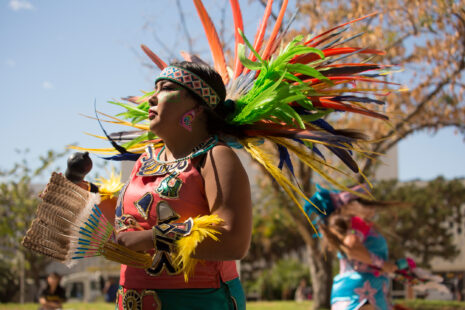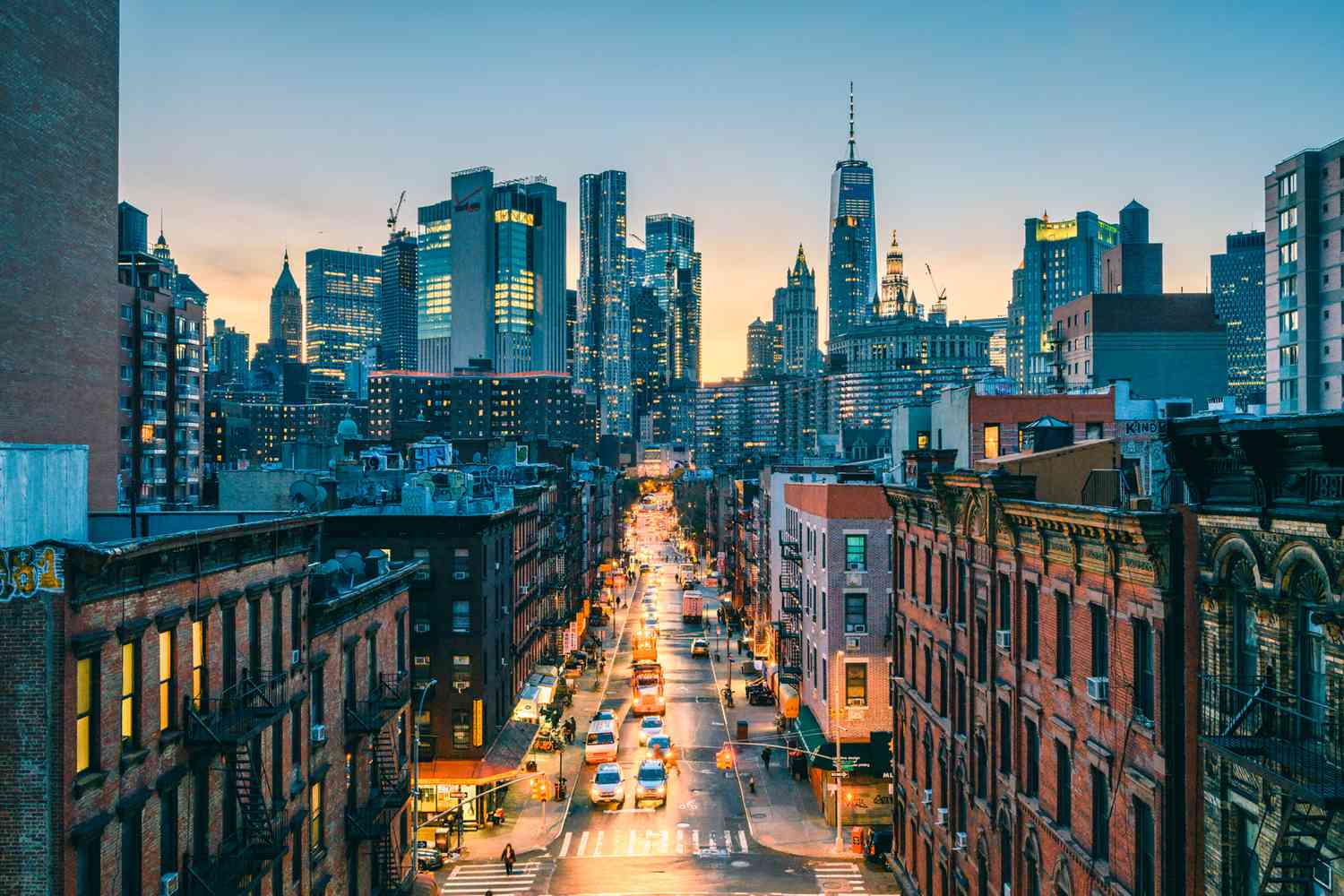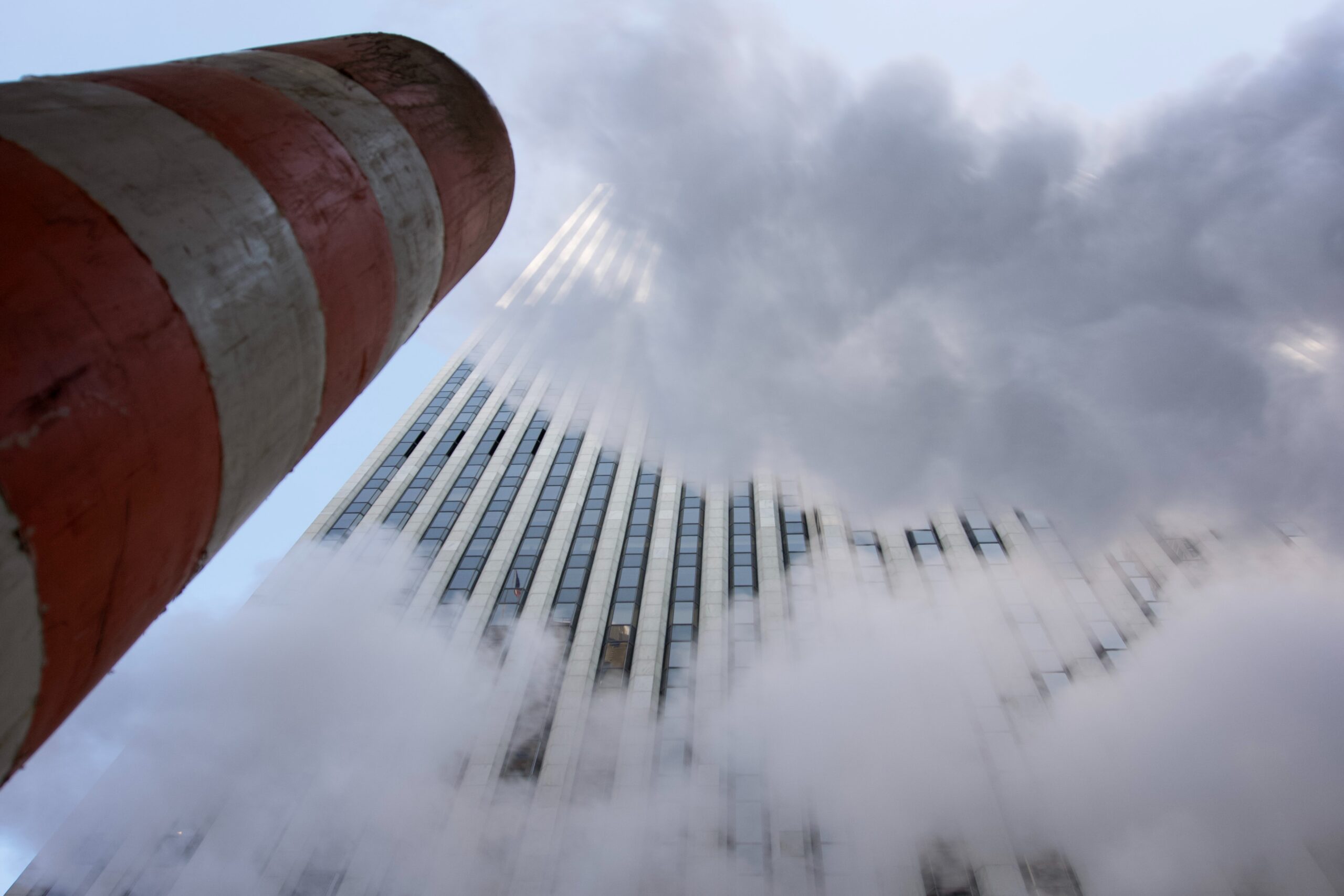 Last year, President Biden officially recognized the second Monday in October as Indigenous Peoples’ Day, celebrating the cultures and contributions of Native Americans in the US. Formerly known as Columbus Day, the move toward celebrating Indigenous people and culture rather than European colonialism began when South Dakota began observing Indigenous Peoples’ Day in 1989.
Last year, President Biden officially recognized the second Monday in October as Indigenous Peoples’ Day, celebrating the cultures and contributions of Native Americans in the US. Formerly known as Columbus Day, the move toward celebrating Indigenous people and culture rather than European colonialism began when South Dakota began observing Indigenous Peoples’ Day in 1989.
On a planet faced with catastrophic climate change, Indigenous people around the world are faced with some of the most extreme challenges (while contributing the least emissions), and have much to offer when it comes to time-tested ways to conserve resources and protect the environment.
With our national parks and nature reserves, many countries have reinforced the concept of a pristine “wilderness” that is nature untouched by and separate from humans. This anthropocentric, or human-centered, view of the environment has been dominant in the West in particular for the past few centuries and led to the incredible exploitation and depletion of natural resources from wood to water.
Which begs the question: How do we protect something we don’t see ourselves as a part of?
Numerous Indigenous peoples have a completely different perspective of nature, seeing the natural elements around them as kin and as living conscious beings.
Though differences in beliefs exist, Native Americans generally view the environment as inseparable from human development and wellbeing. Where European colonizers saw “wilderness”, the Native Americans see a community teeming with living beings, of which humans are just one part. This worldview explains why much of Native American cultures and identities incorporate elements of the land and environment.
Mutual respect and caring for the Earth’s natural systems naturally lends itself to sustainable resource and land management practices we typically associate with Indigenous peoples. Although they only make up 5% of the world population, Indigenous peoples protect 80% of global biodiversity.
But preserving biodiversity isn’t the only place Indigenous populations can help the world.
Take, for example, the increasingly frequent and severe wildfires in California that make headlines every summer. Climate change is a major factor, but so is poor forest management. That’s because the state of California (and the rest of the United States) had largely banned one of the most effective forest management practices: low-intensity fires.
Without these regular, controlled burns that Native Americans have prescribed to forests for centuries, forests grow thick with vegetation and dry out in the summer as the climate warms. This creates kindling for wildfires to spread out of control, which unsurprisingly, also disproportionately affect Indigenous communities.
In recent years, California seems to have come around on prescribed burns. The state government has even been working with Native tribes to use this traditional practice to help mitigate fires. That’s a step in the right direction, but we should keep in mind that when the government imposed these bans and stripped Native tribes of their land, a large part of the culture was lost.
So what can we do help support Indigenous communities in the U.S.? One way is to become part of the Land Back Movement and pay a symbolic rent to acknowledge the history of exploitation, genocide and thievery that is such a big part of American history. In New York, those rents can be paid to the Lenni Lenape through the American Indian Community House’s Manna-Hatta Fund. Non-Native people who inherit or own property are especially encouraged to participate.
And did you know that NYC is home to a larger Native population than anywhere else in the country? It’s true! You can learn more about Indigenous peoples in NYC by visiting the AICH website here.

